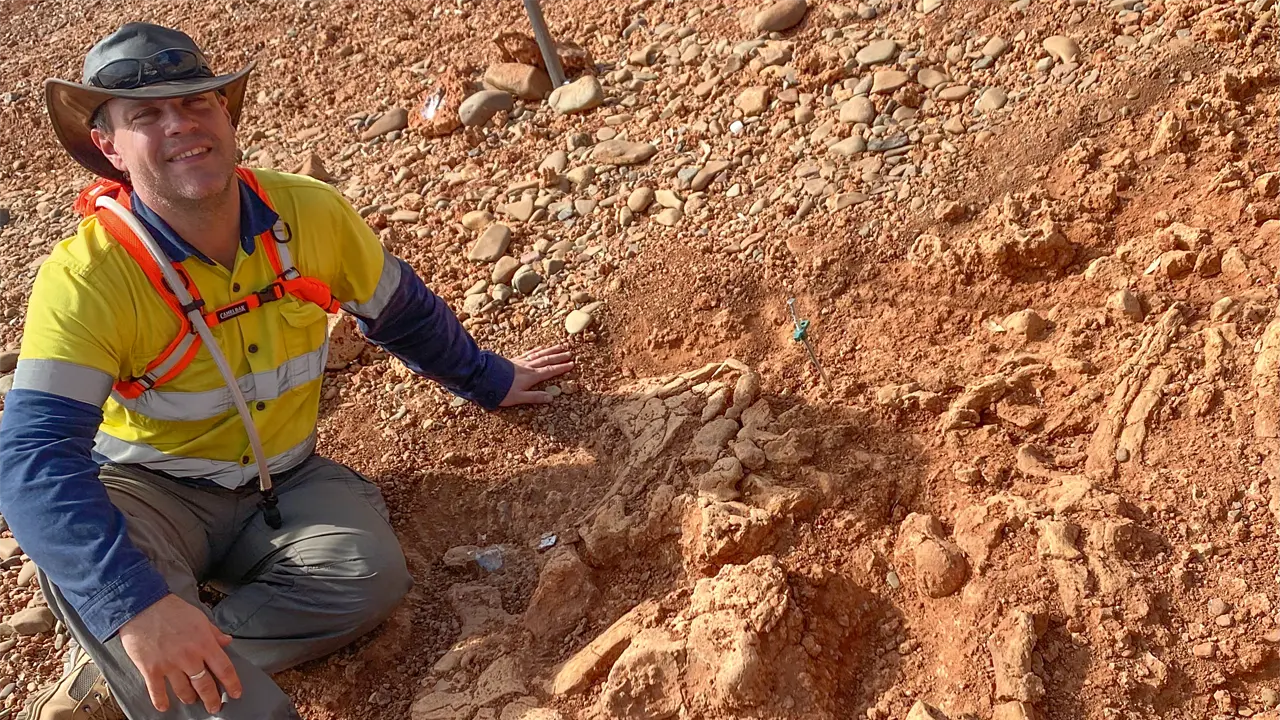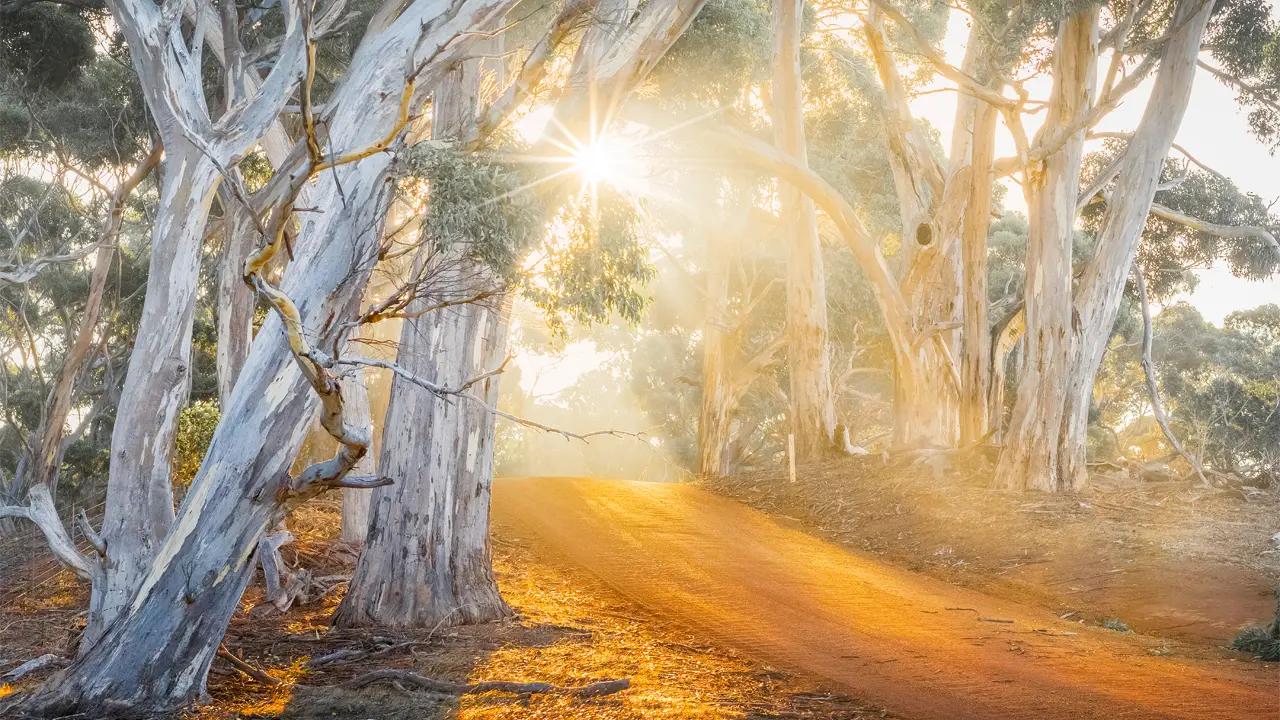Glenda Wootton is a larger-than-life character who has bucked conventional practices to grow cattle feed hydroponically.
Story By Tim Dub
Irrepressible and irreverent, Glenda Wootton is a force of nature whose small stature does nothing to disguise her larger-than-life character. She farms cattle on 43 hectares of rolling pasture near Kimberley, in the central-north of Tasmania, and cites “feed and breed” as the two components vital to her success. Her father was a stand-up comedian, so ‘breeding’ may account in part for Glenda’s conversation, which is forceful, opinionated and funny. She recently appeared on a cooking show making scones, so it is evident that ‘feed’ is equally influential in her life, but the project for which she has become better known is the innovative method by which she has chosen to feed her cattle – she grows grass in a shed. In true Glenda fashion, though, it must be noted her “paddock in a tin”, as she describes it, is no ordinary shed.
Glenda has been married to husband Mick for “100 years – we’ve been married forever”. They bought the Kimberley land 20 years ago to supplement their beautiful family home at Wesley Vale, a 40-minute drive from the farm, toward Tassie’s north coast. The house had three garages, was big enough “to lose the kids in” and was conveniently located near the steel-fabrication business that Mick owned and managed. At that time Glenda worked in a blood bank, and spent weekends on the farm in a tiny miner’s cottage that was its only accommodation. Over time, the cottage was extended into a shack and, when the farm’s manager retired 10 years ago, Glenda announced she was moving to the shack to be a full-time farmer. When Mick pointed out that they had built the Wesley Vale house “to die in”, Glenda replied that he “could die some bloody place else”. “It doesn’t matter where you die,” she says. “It’s where you live that’s important.” Mick relented. As he put it, “if I want a feed, I’d better come with you”. By then the “troops had fled” so the pair took up residence in the shack, which was progressively transformed into a substantial and comfortable house.
There were other works around the farm, too. “It certainly helps to have a steel company, because I’ve got the best gates and cattle yards, and all those wonderful things a girl needs to go farming,” Glenda says. “And Mick fixes everything”.
Some six years ago, with the farm developed to full capacity, Glenda was keen to increase her turnover. She happened to see a short feature on TV about hydroponics – the science of growing plants without soil, fed by nutrients in a water-based solution. She set about her own research to compare a hydroponic shed with the conventional option of buying more land to add to the farm. When a neighbouring farmer offered her 24 hectares for $230,000, her mind was made up. She told him, “No thanks, I’m going home to put 200 acres [80 hectares] in a shed”. His response was not polite, and Glenda is pleased to recount, “That man has eaten more humble pie than I’ve cared to bake for him”.
This story excerpt is from Issue #58
Outback Magazine: Apr/May 2008








